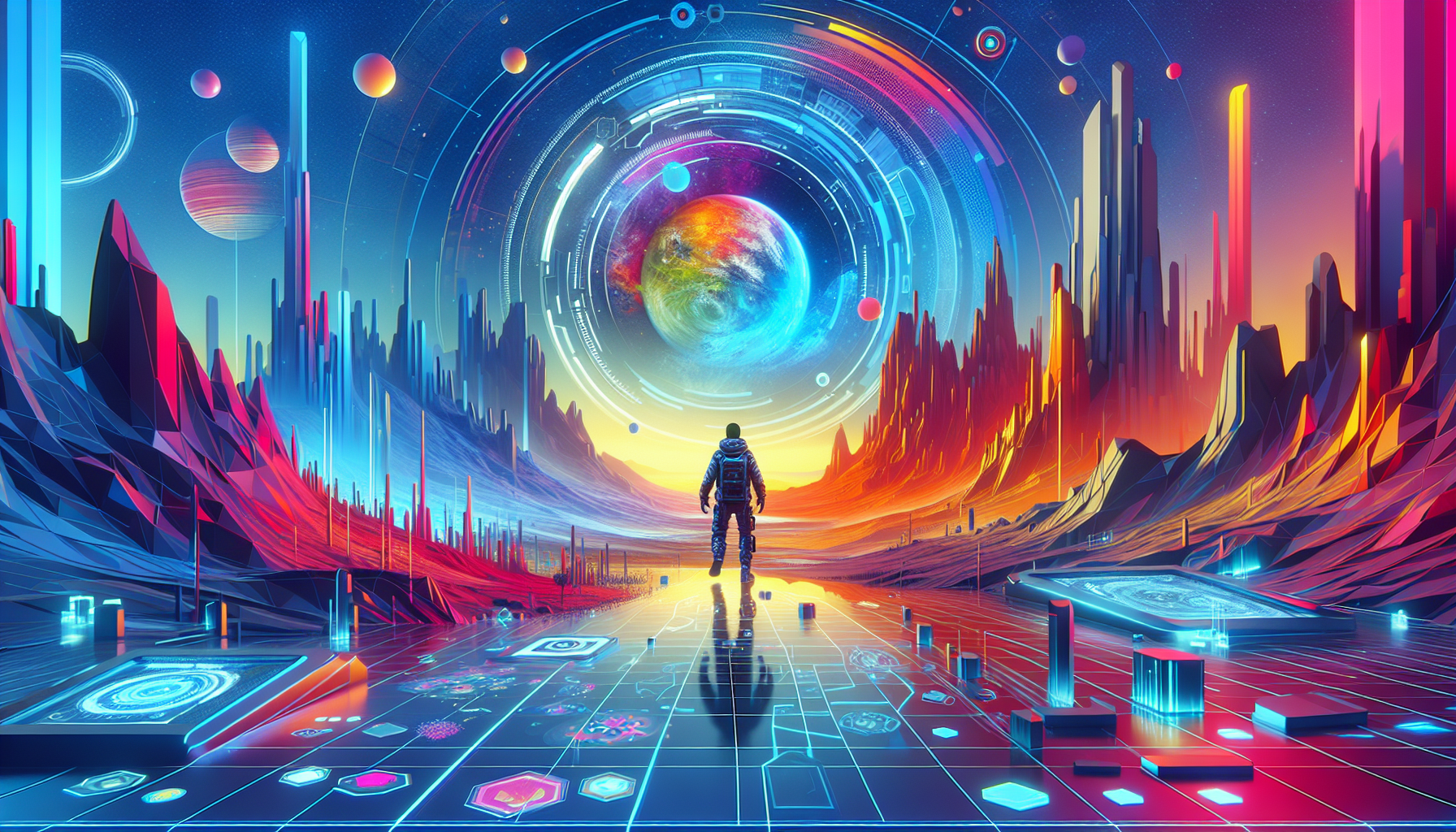In recent years, the landscape of video game design has undergone a dramatic transformation, driven by innovative technologies and evolving user expectations. Game developers are constantly pushing the boundaries to create more immersive and engaging experiences. This quest for innovation is not just about better graphics or more complex narratives; it's about redefining how players interact with virtual worlds.
One of the significant breakthroughs in recent game design is the use of AI-driven adaptive learning. This technology tailors the experience to each player, adjusting difficulty levels and plot developments based on individual performance and preferences. Such personalization ensures that all players, regardless of their skill level, can enjoy a challenge that is both satisfying and rewarding.
Another frontier being explored is the integration of virtual and augmented reality. These technologies offer a new depth of immersion, allowing players to feel as though they are physically present within the game's universe. The sense of presence is further enhanced by haptic feedback devices, which provide physical responses to digital actions. This creates a multi-sensory experience that blurs the line between reality and the virtual realm.
Moreover, the increasing emphasis on narrative complexity is transforming how stories are told. Developers are experimenting with non-linear storytelling, where players' choices significantly affect the plot's outcome. This method empowers players to shape their own journeys, making them an integral part of the story itself.
In addition to technological advancements, there is a growing trend towards inclusivity in game design. Recognizing the diverse audience that engages with video games, developers are making conscious efforts to include characters and stories that reflect a wider range of cultures, identities, and experiences. This inclusivity enriches the narrative landscape and creates a platform for players to see themselves represented in the games they play.
The rise of social and collaborative gameplay experiences is also reshaping how people connect through video games. Whether through online multiplayer modes or community-driven content creation, players are now part of dynamic ecosystems that thrive on interaction and collaboration. This social dimension adds an extra layer of enjoyment, transforming gaming into a collective experience.
Lastly, sustainability has become an essential consideration in modern game design. Developers are starting to address the environmental impact by optimizing their production processes and considering the ecological themes within the game worlds themselves. This not only appeals to environmentally conscious players but also sets a precedent for responsible creation.
In summary, the world of video game design is continually evolving, driven by a desire to create more personalized, immersive, and socially connected experiences. These innovative approaches are elevating the medium to new heights, offering players unparalleled levels of engagement and satisfaction. As technology advances and societal expectations shift, the potential for even more groundbreaking developments in game design remains limitless.
